When it comes to making healthy drinks at home, the two most popular appliances are juicers and blenders. At first glance, they might seem similar—they both turn fruits and vegetables into delicious, drinkable creations. But the way they do it (and the results they produce) are quite different. If you're wondering whether to choose a juicer or a blender, this guide breaks it down to help you decide which is the better fit for your lifestyle.
What Is a Blender?
A blender is a versatile kitchen appliance designed to blend, crush ice, and emulsify ingredients for various recipes. It typically consists of a blending jar with shaft-driven blades and a base with a motor. The best blender can crush ice and blend or emulsify ingredients ranging from pie fillings to creamed soups. There are three basic types of blenders.
Countertop Blenders
These are what you imagine when you think of a blender. Countertop blenders usually come with a glass pitcher or plastic pitcher that attaches to a motorized base. There are blades in the bottom of the pitcher that run at settings like stir, chop, liquefy, pulse and puree. They tend to have powerful motors that can do a wide range of kitchen tasks. These appliances sit on the counter next to your toaster oven and air fryer just waiting to help you make a beverage.

Immersion Blenders
These feature a motor at the end of a blending arm, with the blade immersed directly into the ingredients. This allows you to blend in pots or containers while cooking, making them ideal for soups and sauces.

Personal Blenders
These are mini versions of a conventional countertop blender. Personal blenders are the best pick when you want to make a single smoothie, frozend drink or milkshake. Its mixing pitcher doubles as a to-go cup so you can take your smoothie with you. Want versatility in a blender? Some models have two pitchers, one full-sized and one personal-sized, with both fitting on the same motorized base.

What Is a JUICER?
A juicer, also known as a juice extractor, is a small appliance designed to extract juice from fruits or vegetables while leaving behind pulp, seeds, and skin, which are discarded. There are two main types of juicers:
Centrifugal Juicer
This type uses a blade that spins rapidly against a mesh filter to separate the juice. However, the heat generated by the blade can destroy some enzymes and oxidize nutrients in the juice.
Masticating Juicer (Cold-Pressed Juicer)
This juicer crushes the fruit or vegetables first and then presses down to extract the juice. It generates less heat compared to centrifugal juicers, helping to preserve more nutrients.

What Is the Difference Between a Blender and a Juicer?
The main difference between a blender and a juicer lies in how they process fruits and vegetables. A juicer separates the juice from the pulp, skin, and other parts of the fruit or vegetable, leaving behind only the thin liquid. In contrast, a blender processes the entire ingredient, including the pulp, and blends everything together to create a thicker beverage, like smoothies.

| Feature | Juicer | Blender |
|---|---|---|
| Processing method | Separates juice from pulp, seeds, and skin | Blends entire ingredient (including pulp) |
| End result | Thin juice | Thick beverage (e.g., smoothie) |
| Texture | Smooth, liquid | Creamy, thicker consistency |
| Nutrient retention | May lose fiber and some nutrients | Retains fiber and most nutrients |
| Ideal for | Juice (without pulp) | Smoothies, soups, sauces |
| Speed | Faster extraction of juice | Longer blending time |
Can a Blender Be Used for Juicing?
Yes, a blender can be used for juicing, but the juice won’t be as smooth as what you get from a juicer. It also requires more prep time—you’ll need to wash, peel citrus fruits, remove pits, cores, and seeds, and chop the ingredients before blending. For a smoother result, you'll need to strain the mixture afterward.
Advantages and Disadvantages of Juicer
Advantages of a Juicer
- Smooth, thin texture: Juicers are ideal if you prefer pure, pulp-free juice. The juice is light, smooth, and easy to digest.
- Efficient juice extraction: Especially with masticating (cold-press) juicers, you get more juice from the same amount of fruit or vegetables.
- No need to strain manually: Unlike blenders, juicers automatically separate pulp, seeds, and skin, saving time and effort.
- Ideal for detox and fasting: Since juicers extract only the juice, they’re often favored in juice cleanses and detox diets.
Disadvantages of a Juicer
- Less fiber: Juicers remove pulp, which contains most of the fiber. This can reduce the health benefits, especially for digestion and satiety.
- More cleaning parts: Juicers typically have more components to clean compared to blenders.
- More waste: The leftover pulp often gets discarded, which some people see as wasteful unless repurposed.
Is it Better to Juice or Blend Green Juice?
Whether it's better to juice or blend green juice depends on your preferences and health goals. Juicing gives you a smooth, pulp-free drink that's easier to digest and provides a quick nutrient boost, but it removes fiber and can be less filling. On the other hand, blending retains the fiber, making the drink more filling and supportive of digestion, but it results in a thicker texture that some people may not prefer. If you're looking for a light, fast nutrient hit, juicing is the way to go. However, if you want a more filling, fiber-rich option, blending is a better choice.
Juicer vs Blender, Which is Healthier?
A juicer is healthier if you're looking for a quick, concentrated nutrient boost, especially for detox or juice fasting. On the other hand, a blender is better for those seeking a more balanced, fiber-rich option that provides sustained energy and supports digestive health. Since a blender retains all the components of the produce, it offers better overall nutrition.
That said, using a juicer is often preferred for its ability to deliver a smooth, refreshing juice packed with vitamins and minerals. It's a favorite for those who enjoy a lighter, pulp-free drink that’s easy to consume, making it a go-to for quick, nutrient-rich beverages.
Making Juice with a Ciarra Gadgets® Juicer
Making juice with the Ciarra Gadgets® High Yield Cold Press Juicer is simple and efficient, designed to maximize both flavor and nutritional value. Here's how it works:
The juicer features a 4.3-inch wide feed chute, allowing you to process whole fruits and vegetables without the need for pre-cutting. This saves you time and effort.

Why Choose the Ciarra Gadgets® Cold Press Juicer?
If you're a juice lover looking for a high-performance, space-efficient, and versatile cold press juicer, Ciarra Gadgets® should be at the top of your list. Whether you're juicing leafy greens, hard vegetables, or making fresh nut milk, this machine stands out from the crowd.
Key Advantages of the Ciarra Cold Press Juicer
1. Handles Tough Ingredients with Ease
Many juicers struggle with tough ingredients like ginger, kale, or carrots—either they clog, stall, or barely extract any juice. Not Ciarra. With a powerful motor and wide feed chute, it processes hard produce effortlessly—no need to pre-chop. You can toss in whole chunks of ginger or leafy greens and get excellent results every time.
Incredible Juice Yield & Dryest Pulp
In performance tests, the Ciarra juicer produced nearly 2 pounds (0.9 kg) of apple juice in just 2.5 minutes, outperforming competitors by extracting up to 487 grams (19 oz) more juice from the same batch. The leftover pulp is extremely dry—proving how efficient this machine really is.
2. Smooth, Fresh Flavor
The slow cold press process ensures minimal oxidation and heat, preserving both nutrients and taste. The juice has a fresh, vibrant flavor and an ultra-smooth texture—almost no foam or pulp bits, just pure liquid goodness.
3. Compact, Durable, and Stable
Despite its powerful performance, the Ciarra juicer has a space-saving footprint, perfect for small kitchens. It features solid construction, well-aligned components, and stays stable while in operation. While the tall chute might not fit in all cabinets, it looks sleek and stylish on any countertop.
Once the produce is loaded, the juicer uses slow masticating cold press technology, which gently crushes the ingredients at a low speed. This process extracts more vitamins, enzymes, and nutrients, ensuring a higher juice yield with minimal oxidation.
For added safety, the smart safety lock ensures the juicer automatically stops if the lid is opened during operation. If any blockages occur while juicing, the anti-blocking reverse function allows you to easily clear them by flipping the reverse button, keeping your juicing process smooth and uninterrupted.

The drip-free spout ensures your counter stays clean, and the powerful commercial-grade motor is capable of handling hard vegetables, leafy greens, and fibrous ingredients with ease, making it perfect for a variety of ingredients like carrots, beets, kale, spinach, celery, and ginger.
The Ciarra Gadgets juicer is solidly built, with parts that fit together cleanly and enough weight to stay firmly in place while running. The vertical orientation gives it a fairly small countertop footprint. This juicer has plenty of power to take on tough ingredients. If you're a juice fan who's ready to invest in making cold-pressed juice at home, it's a great choice.
How to Make Homemade Nut Milk with Your Ciarra Juicer
Love almond milk or cashew milk but want to skip additives and preservatives? Here’s how you can use your Ciarra Gadgets® cold press juicer to make fresh, creamy nut milk at home:
Ingredients:
100g raw nuts (almonds, cashews, hazelnuts, etc.)
800ml fresh water (adjust to desired consistency)
Optional: 1–2 pitted dates (for sweetness), a pinch of salt, vanilla extract
Instructions:
Soak the Nuts
Soak the nuts in water for 8 hours at room temperature or overnight in the fridge. This softens the nuts and improves milk texture.
Drain the soaked nuts and add them to your Ciarra juicer along with small amounts of water. Use the nut milk filter (a finer strainer) for the creamiest result.
How to Attach Your Ciarra Gadgets® Juicer Attachments
1. Position the squeezing bowl on the motor block; make sure the spout of the juice complies with the place of the motor block (the arrow marked) and push down.
2. Push the squeezing screw firmly into the centre of the bowl,until you can’t push.
3. Position the cover into the bowl:Open the cup cover, position the chute on the bowl to align ▲ with the “ lock” and twist it clockwise until it clicks the safety lock. Please make sure that the arrow ▲ on the cover aligns with the Lock graphic on the Bowl
4. Position a measuring cup under the spout for the juice and a measuring cup under the spout for the pulp.

How to Clean Ciarra Gadgets® Juicer
Unplug the juicer and allow the machine to cool completely before cleaning.
Disassemble the juicer by turning the cover loose from the bowl and taking apart the other parts in reverse order of assembly.
Empty the measuring cups and clean the cover, pusher, sieve, bowl, squeezing screw, and measuring cups under running water. Use the cleaning brush to scrub the sieve properly.

CAUTION: Do not use metal sponges, as they could damage the juicer. Be careful when cleaning the sieve, as it is sharp. The pusher should not be placed in the dishwasher.
Tips:
- Rinse all parts immediately after use to prevent residue buildup.
- If there are residues in the mouth of the pulp spout, follow these steps:
- Pull the silicone valve to open it.
- Press the silicone valve to close it properly and tightly after cleaning.
- To clean the seal ring in the center of the squeezing bowl:
- Turn the squeezing bowl upside down for easier handling and push the seal ring out with your thumb.
Clean the seal ring with water.
After cleaning, reinsert the seal ring into the center hole of the squeezing bowl, making sure the ribbed surface faces upward and the groove fits securely.

FAQs about Ciarra Gadgets® Juicer
Are the Ciarra Gadgets® Juicer Cup and Pulp Chamber BPA-free?
Yes. They are made of PC material. BPA only poses risks under high heat. Since this product does not involve high-temperature heating, it is considered safe and BPA-free under normal use.
Does the Rotation Function Only Offer on/off? Any Speed Settings?
The juicer supports forward rotation / OFF / reverse rotation. It does not support multiple speed levels.
What is the Working Noise Level? The Specs Mention “max ≤70dB.” Is this Accurate? Can You Provide Real Test Data?
Actual operating noise is around 65–67 dB, which is slightly lower than typical blenders.
What is the Juice Yield?
Juice yield varies by fruit:
- Carrot: ≥ 40%
- Apple: ≥ 75%
- Celery: ≥ 60%
It cannot be universally labeled as 99%, since it depends on the ingredients.
Is “99% juice yield” the same as “juice purity”? If not, what do they mean?
Juice Yield = (Juice weight ÷ total fruit weight) × 100%
Juice Purity = (Filtered juice without pulp ÷ total juice) × 100%
They are different measurements.
Are Components like the Filter and Auger Easy to Clean? Do They Retain Pulp?
Yes. The components are easy to clean and do not easily retain pulp.
Are Parts Dishwasher Safe?
No, parts are not dishwasher safe. PC material is not suitable for high temperatures.
Is the Juice Outlet Valve Removable and Drip-proof?
Yes. The silicone valve is removable and drip-resistant.
Is the Pulp Fully Dehydrated? How Many Filter Layers are There?
The filtering system has 1 layer with two mesh sizes. It effectively dehydrates the pulp.
Are Key Parts like the Auger and Filter Durable? Do They Wear out? Recommended Replacement Cycle?
The auger and lid were tested with 1000kg of carrots:
The auger showed slight wear
The filter remained intact but got slightly stained Unless customers request replacement, there is no mandatory replacement cycle.
Is there a Non-slip Base? Is the Machine Stable During Operation?
Yes, the base has rubber feet. It remains stable without noticeable shaking during use.
Does the Juice Contain a Lot of Foam?
No, the juice has minimal foam.
What is the Feeding Chute Size? Can Whole Fruits/Vegetables Fit in?
The feeding chute is 108mm wide. It can accommodate whole apples, oranges, etc.
Is it Suitable for Baby Food, Nut Milk, or Ice Cream?
Baby food: Ingredients must be pre-cooked.
Nut milk: Requires 6–8 hours of soaking.
Ice cream: Not recommended.
Is the Power Cord Length 0.9m?
Yes, the exposed length of the power cord is 90 cm. Confirmed.
Does it Have Overheat and Overload Protection?
Yes, it includes both overheat and overload protection features.
Are Spare Parts Available Separately? Which ones?
Yes. 1% of spare parts are included FOC (Free of Charge) per order:
- Juice container
- Pulp container
- Pusher
- Cleaning brush
- Silicone components

You may be interested in:
Factors to consider when buying a juicer
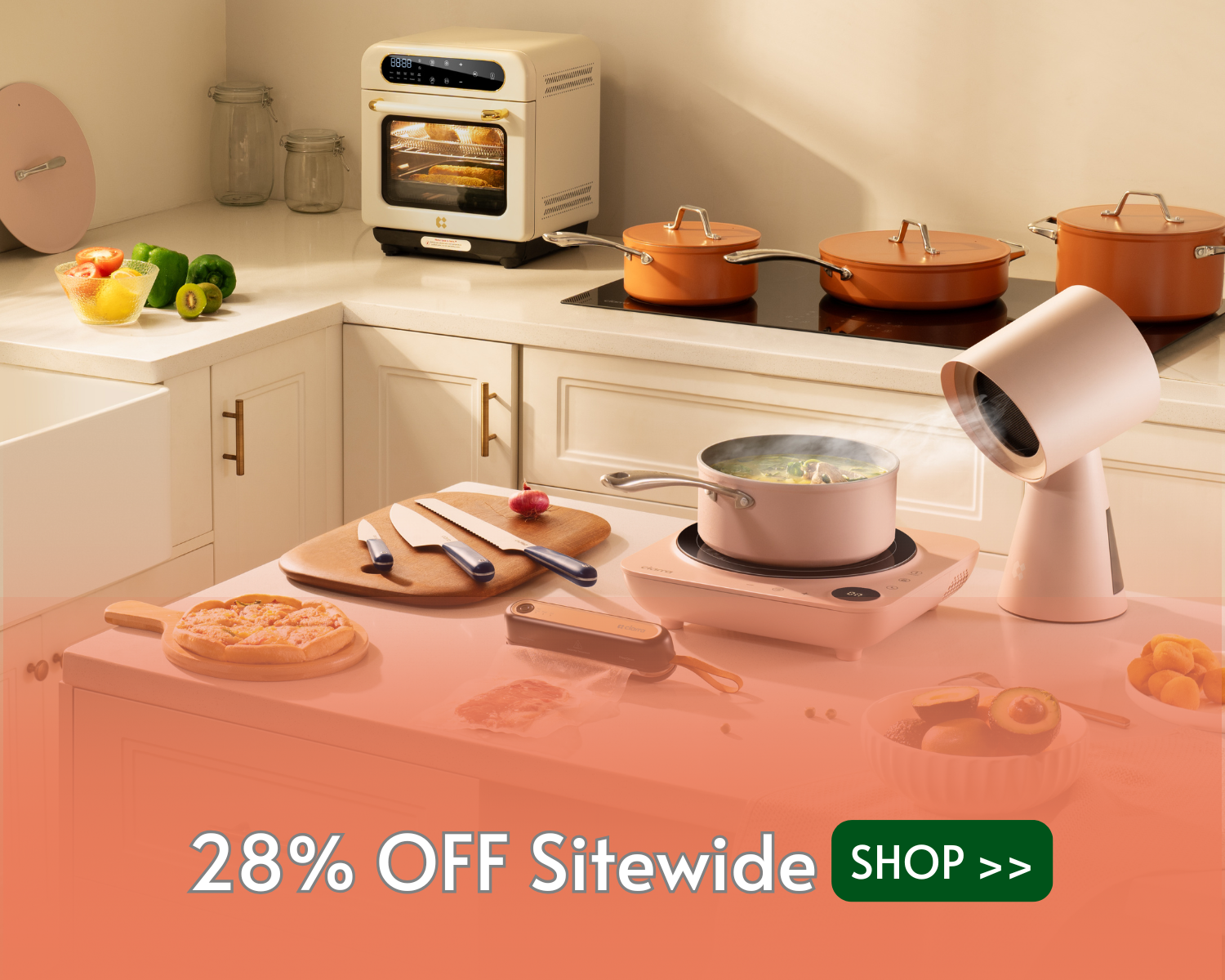
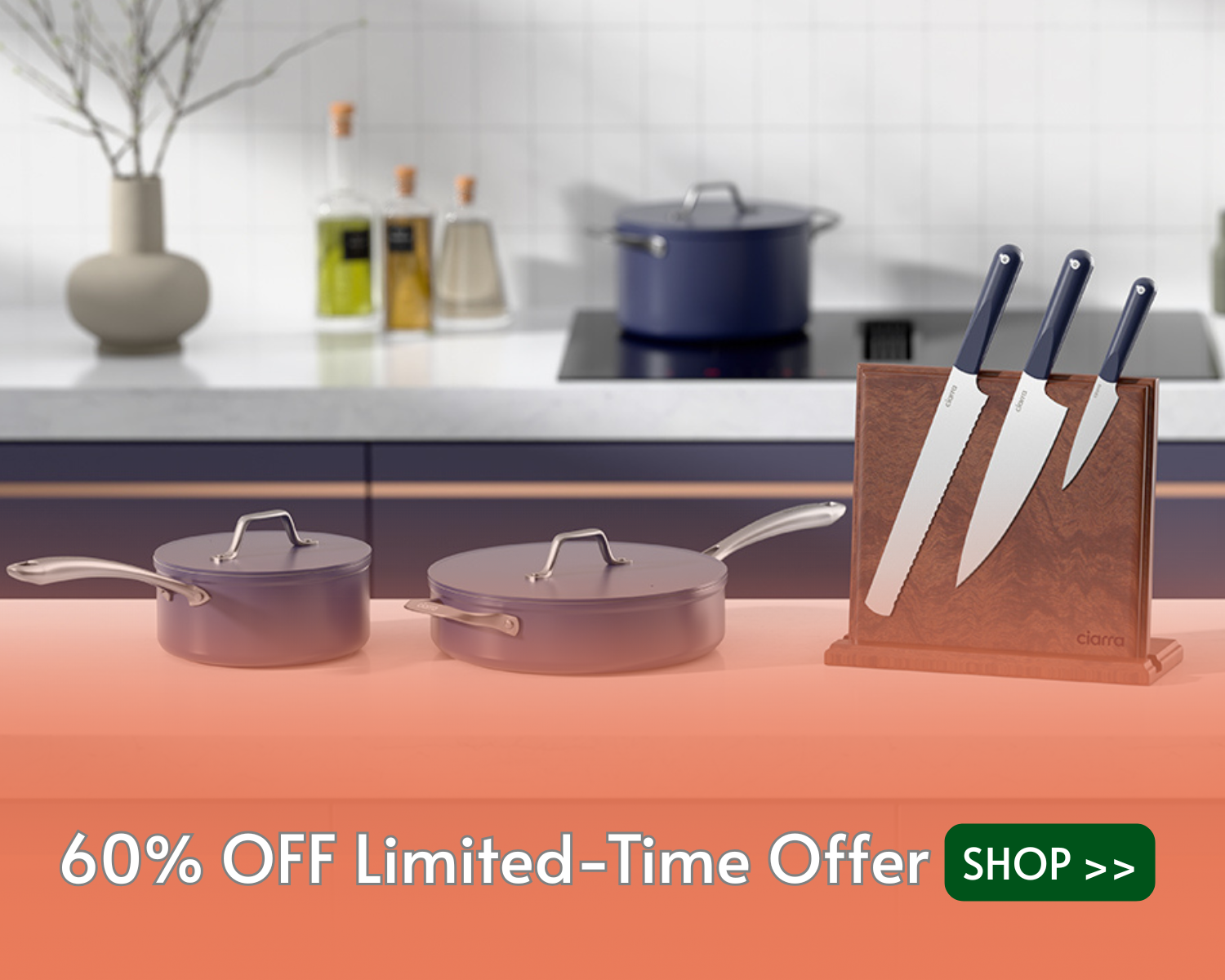
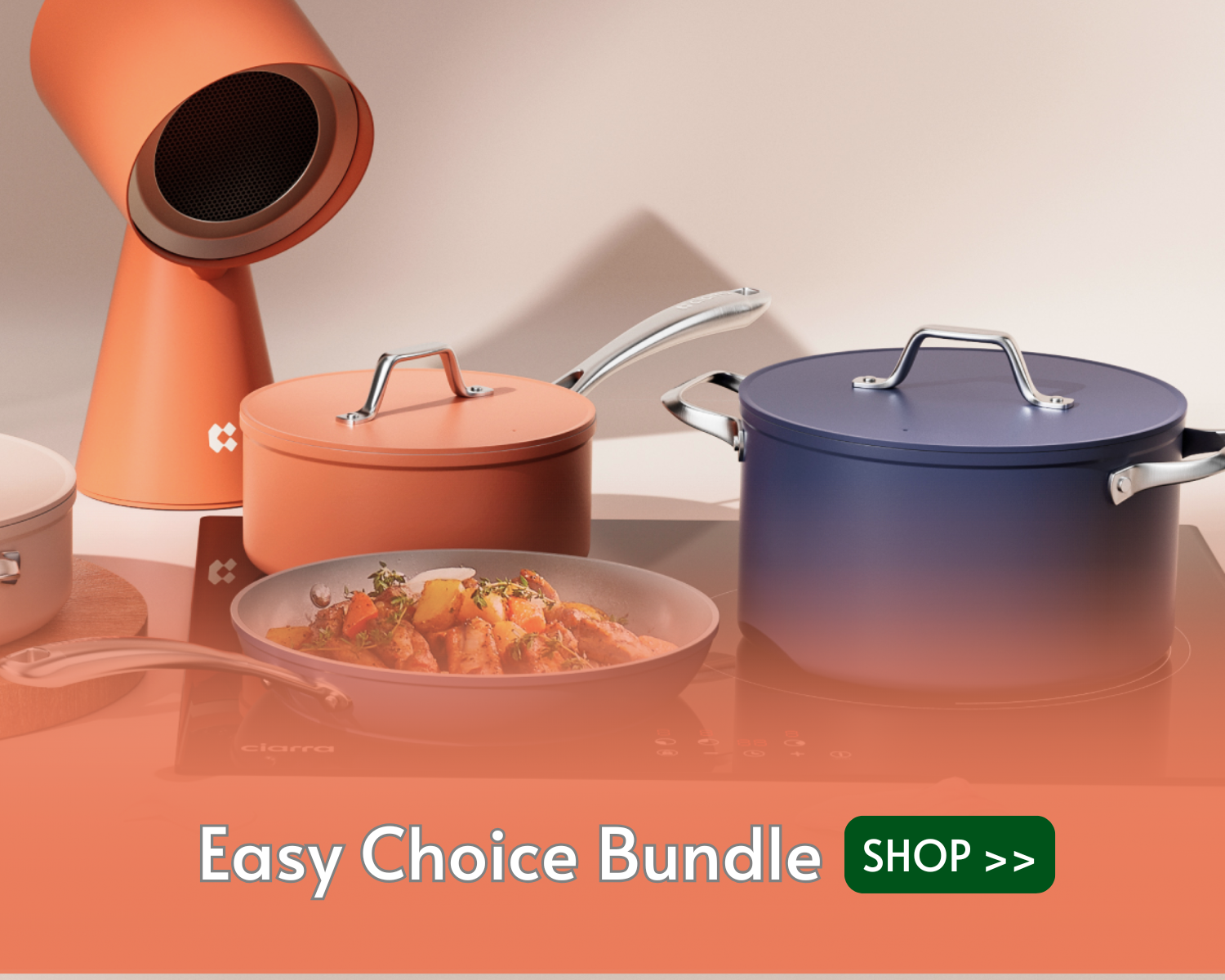
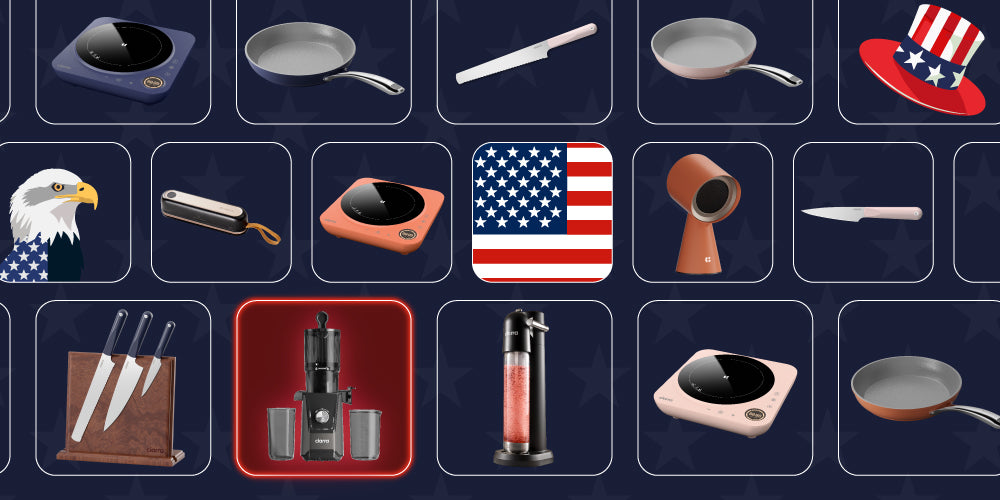
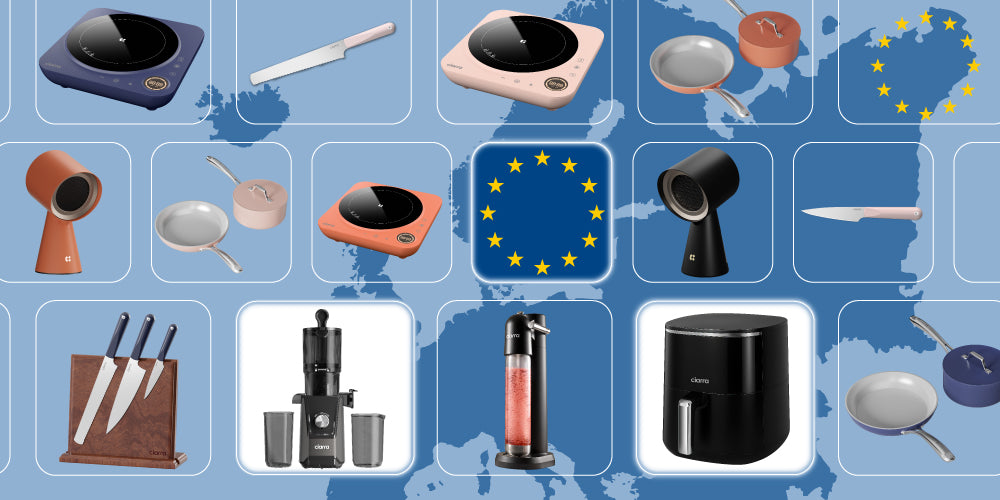
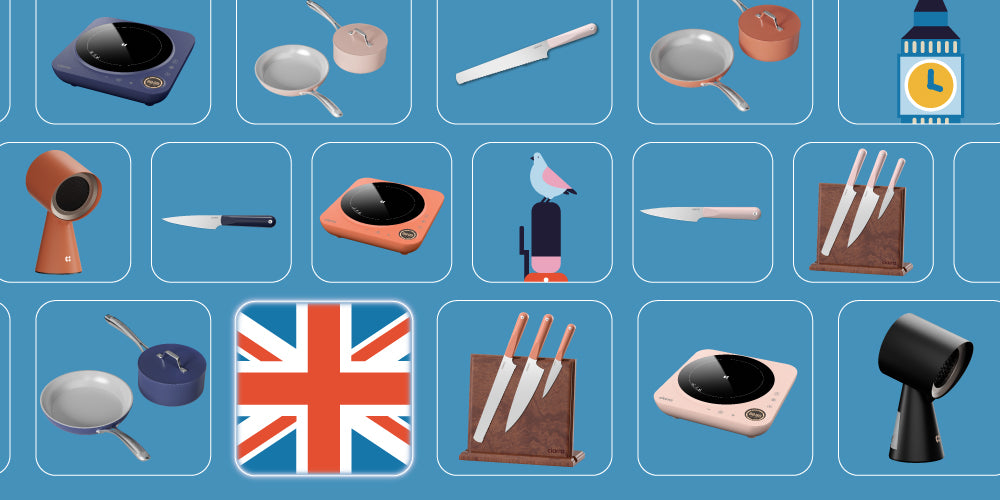
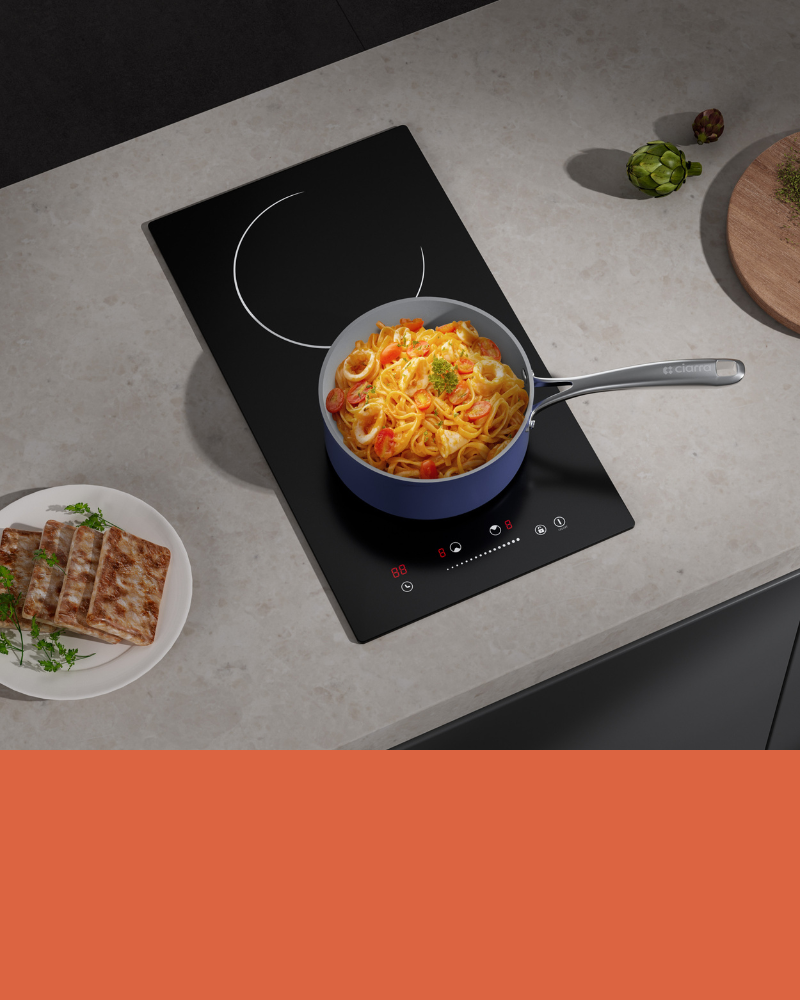
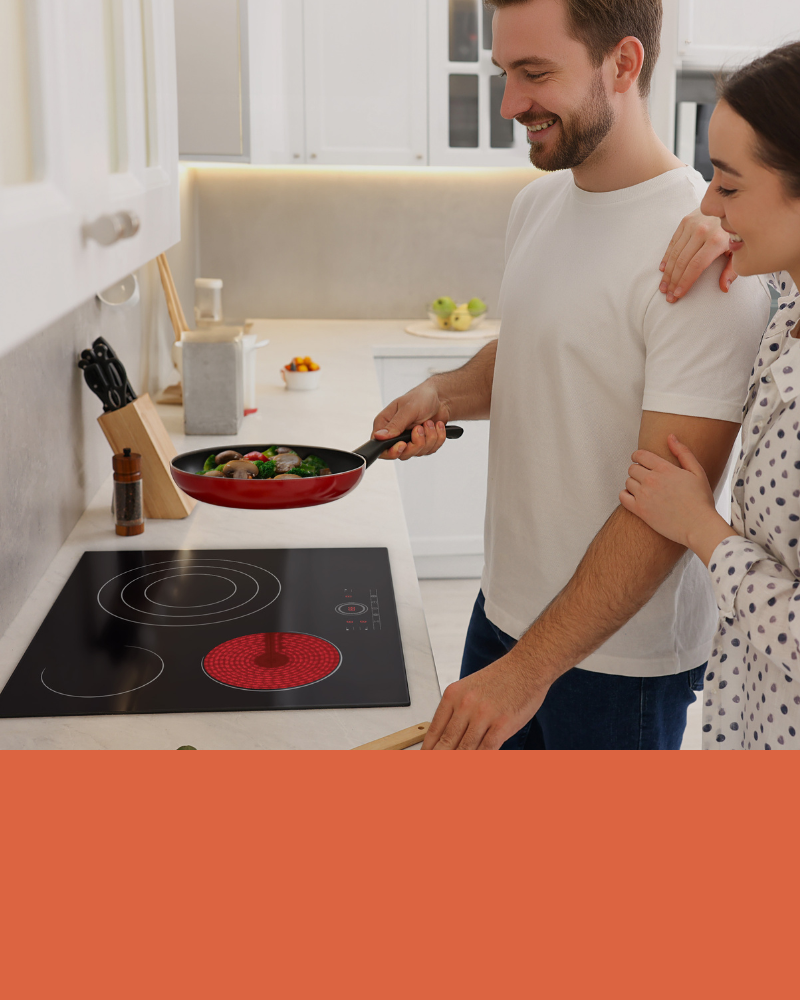
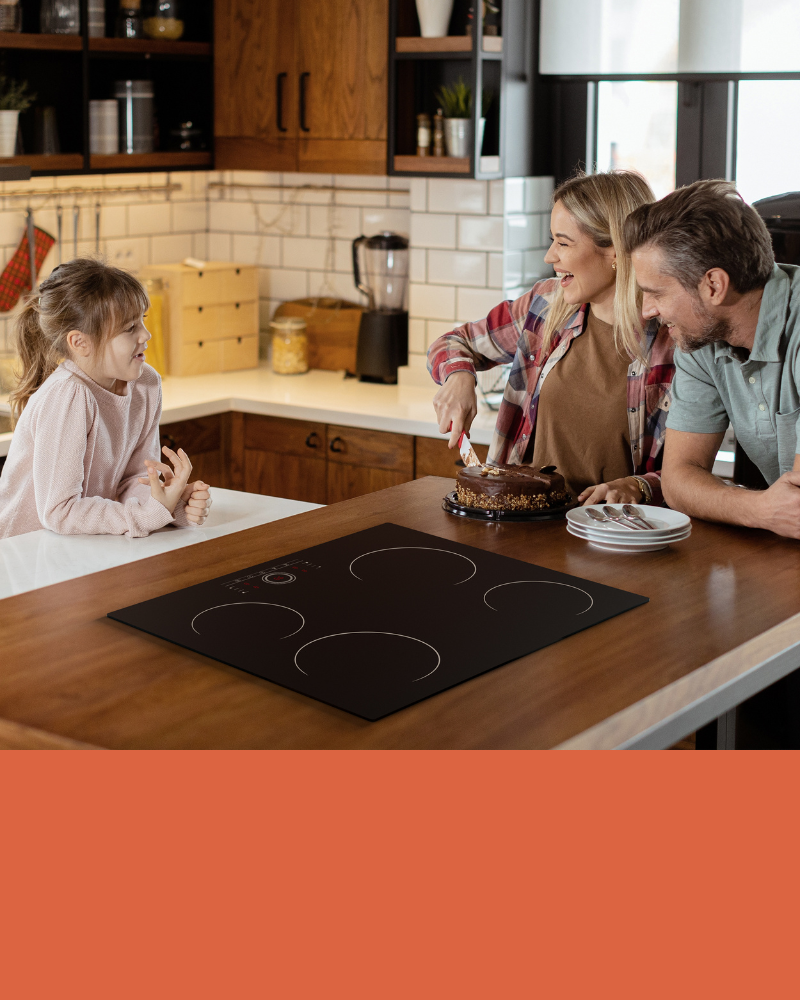
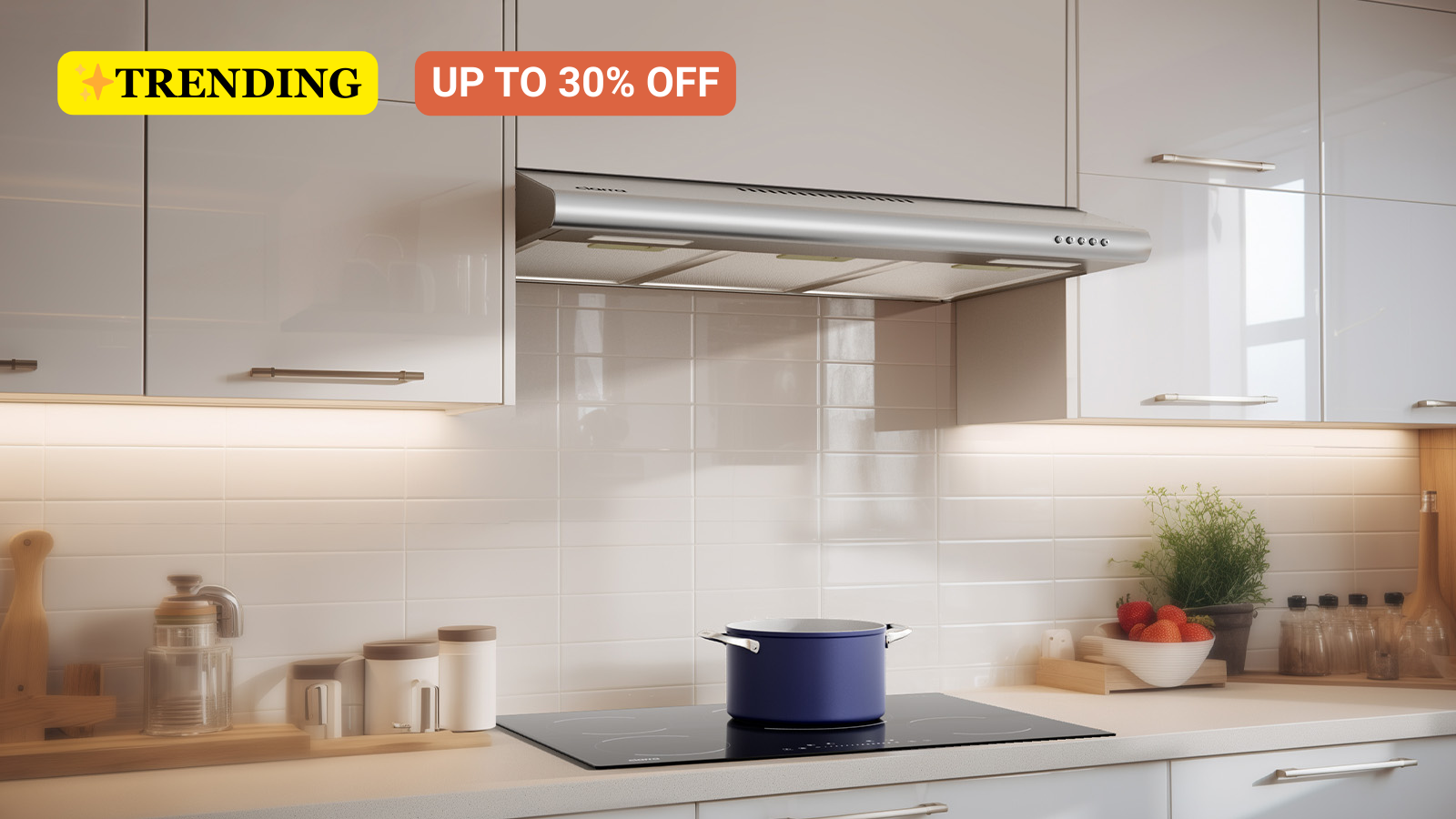
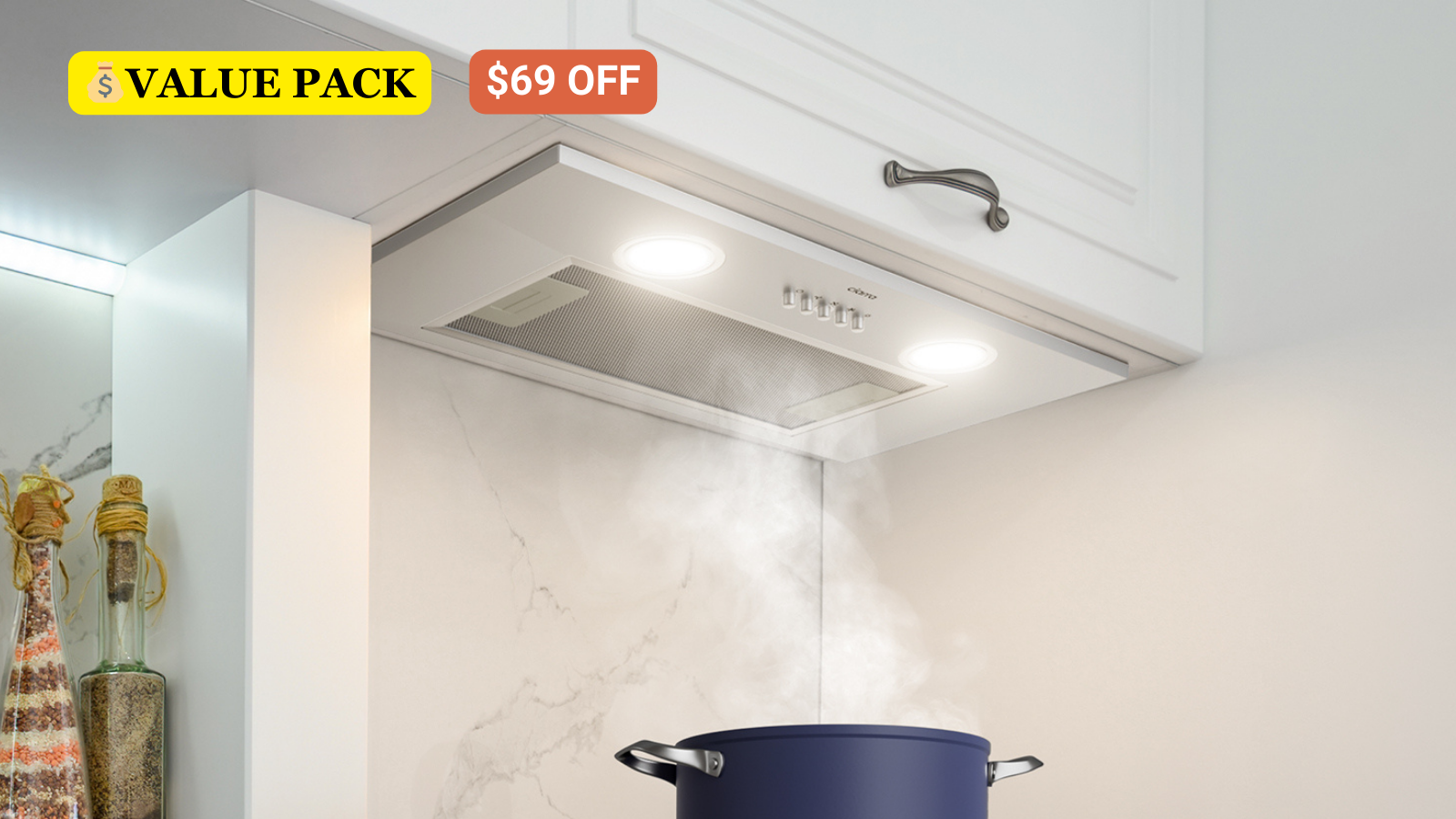
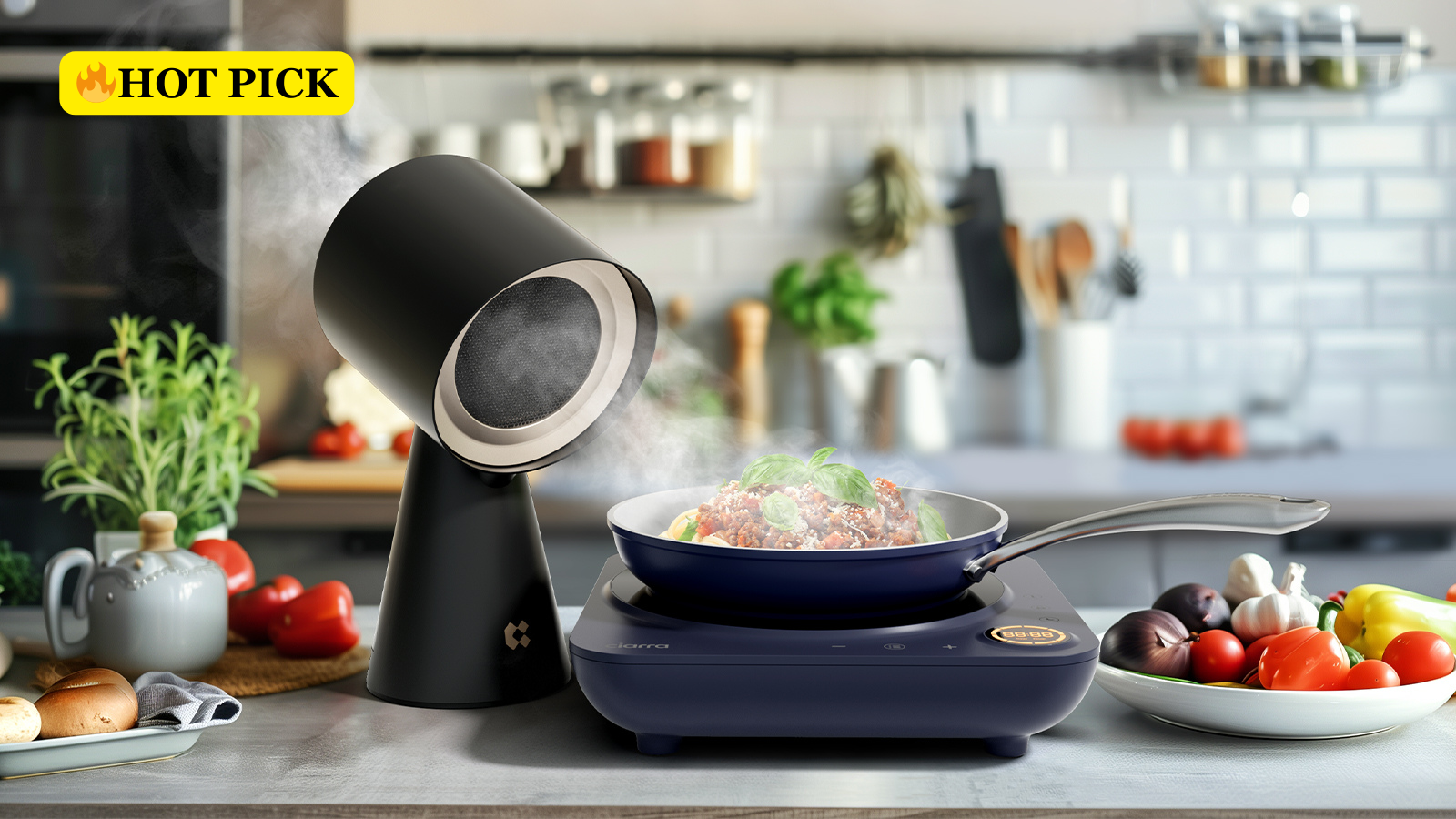
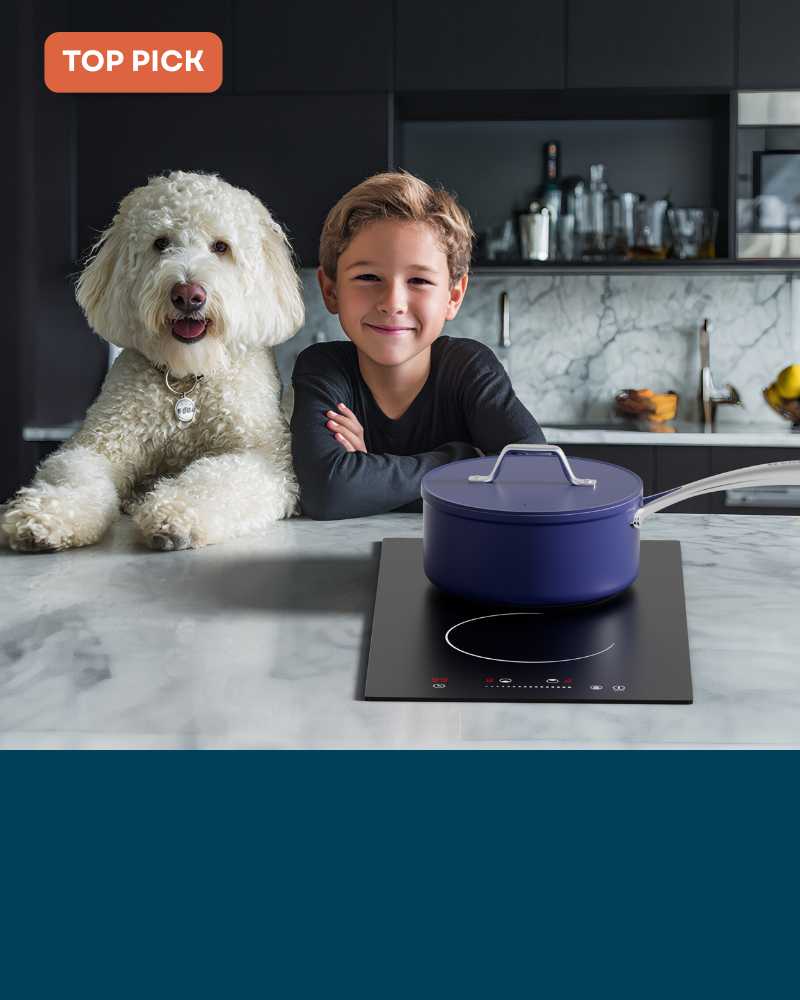
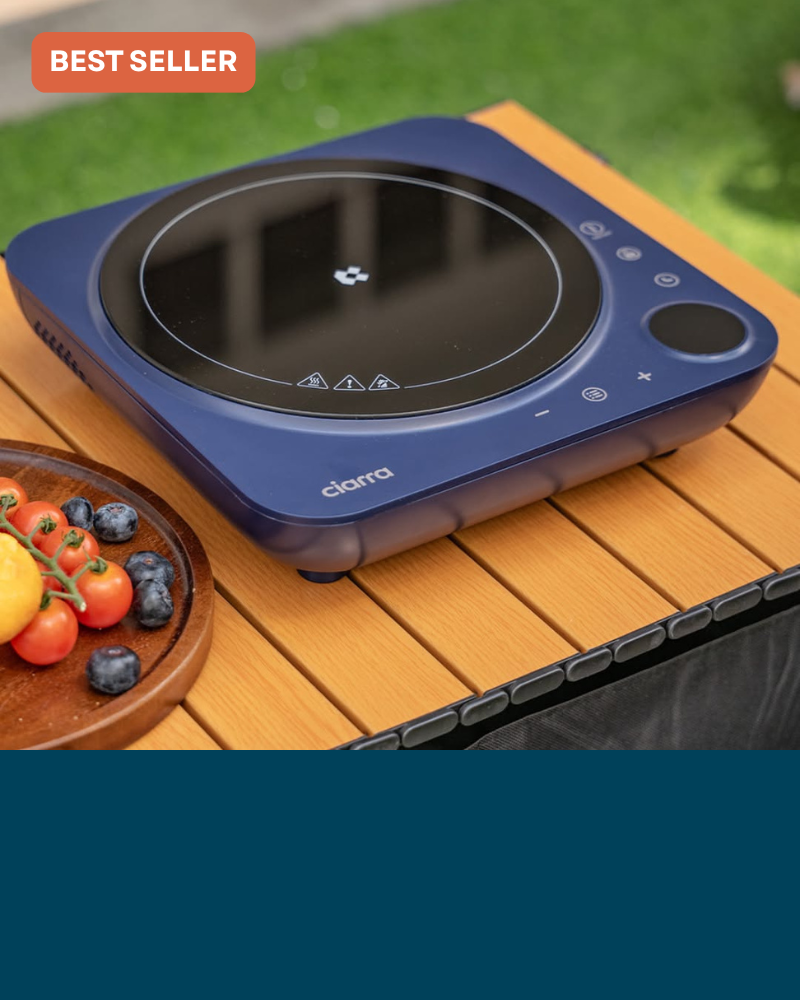
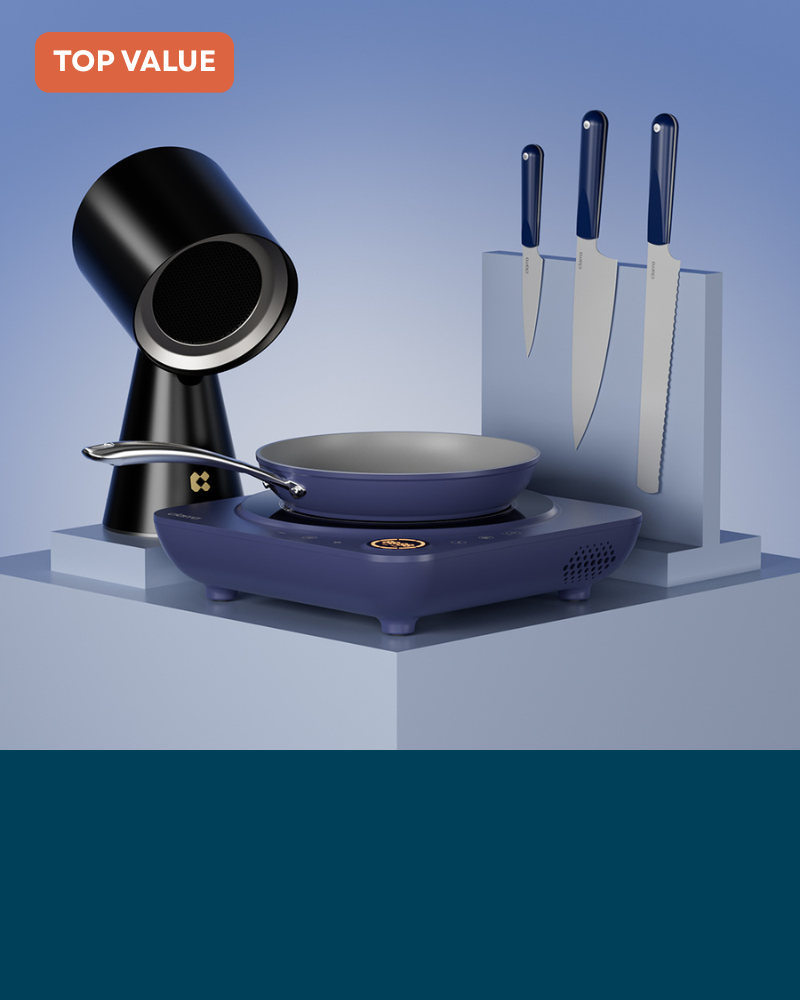
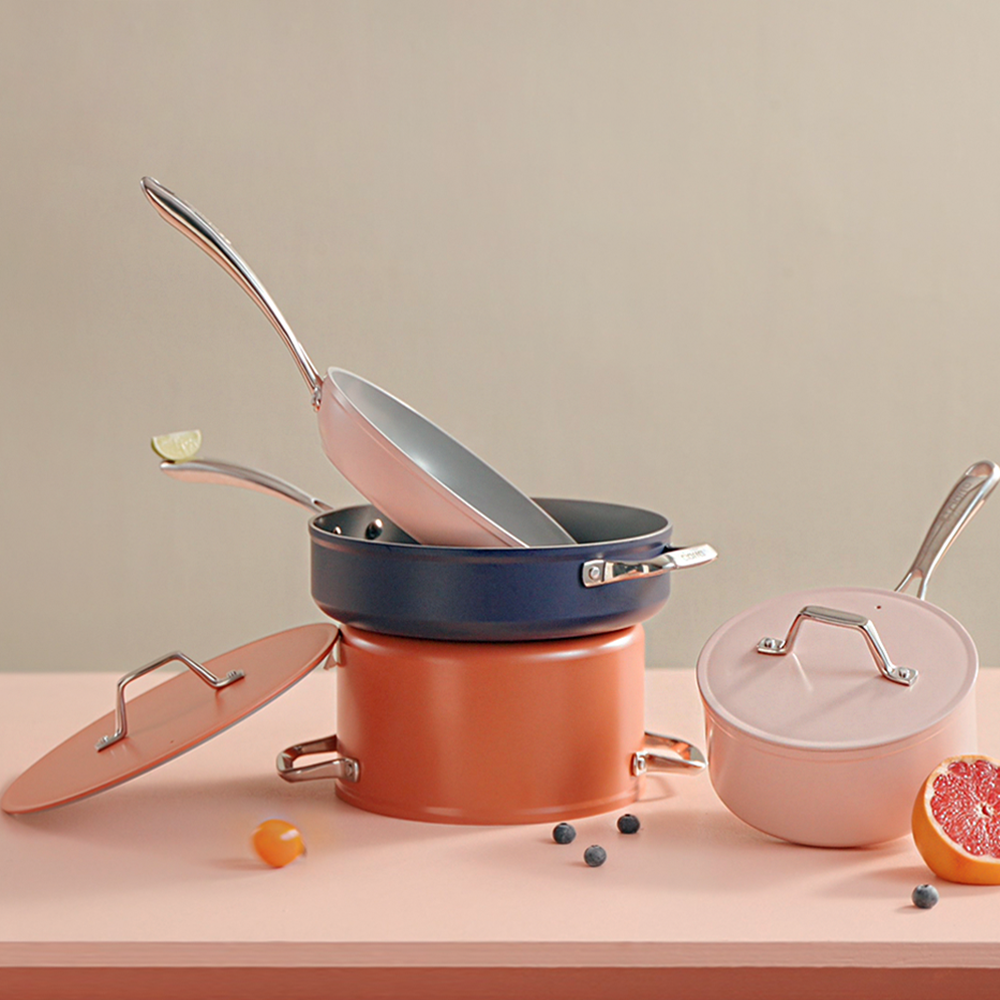
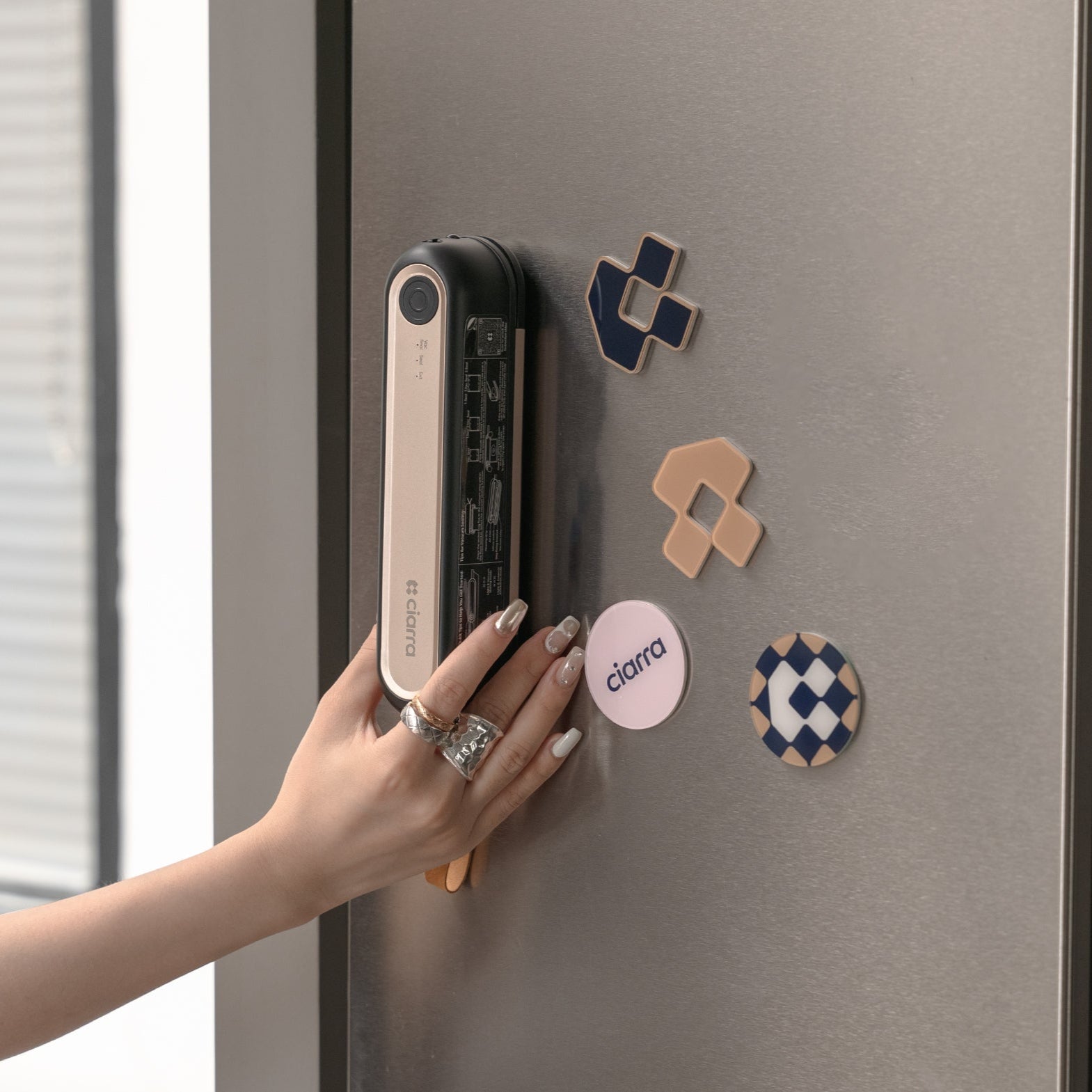
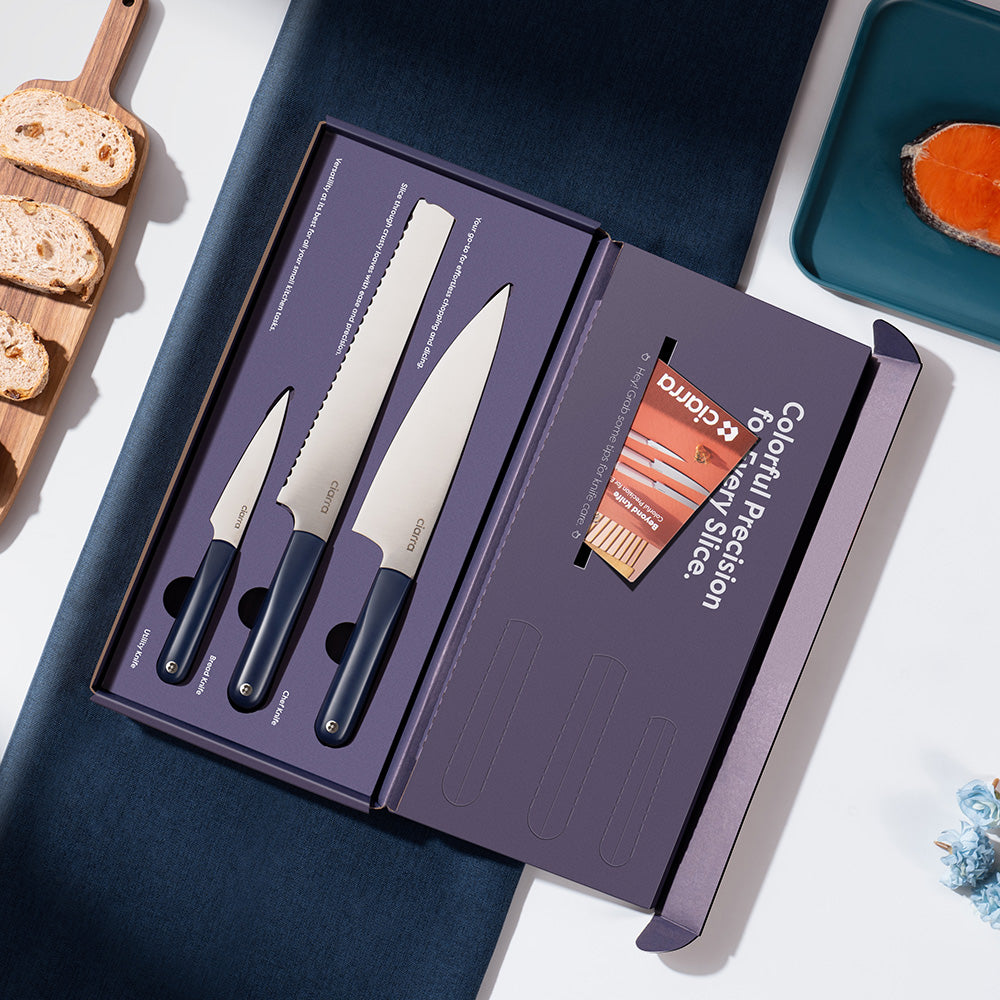

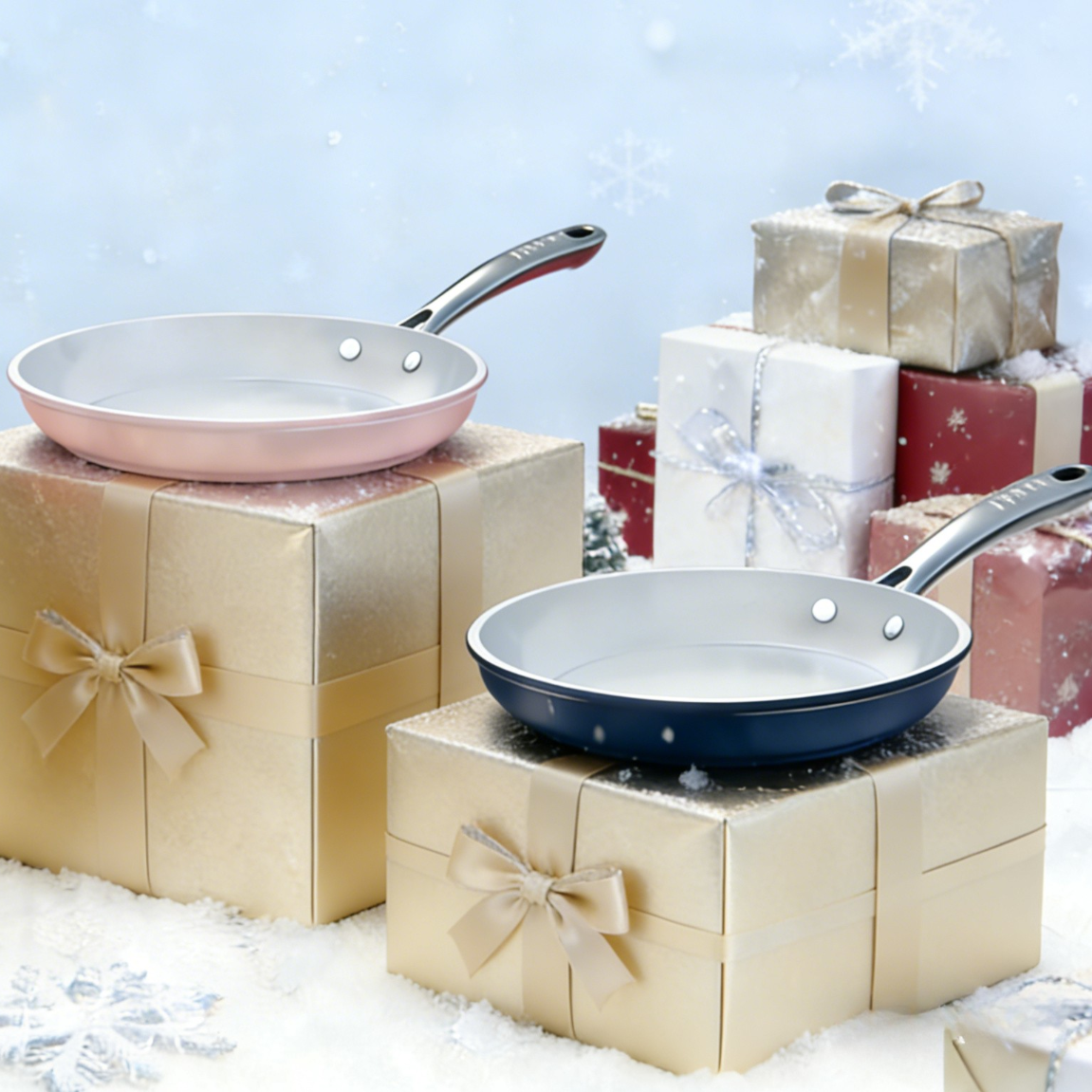
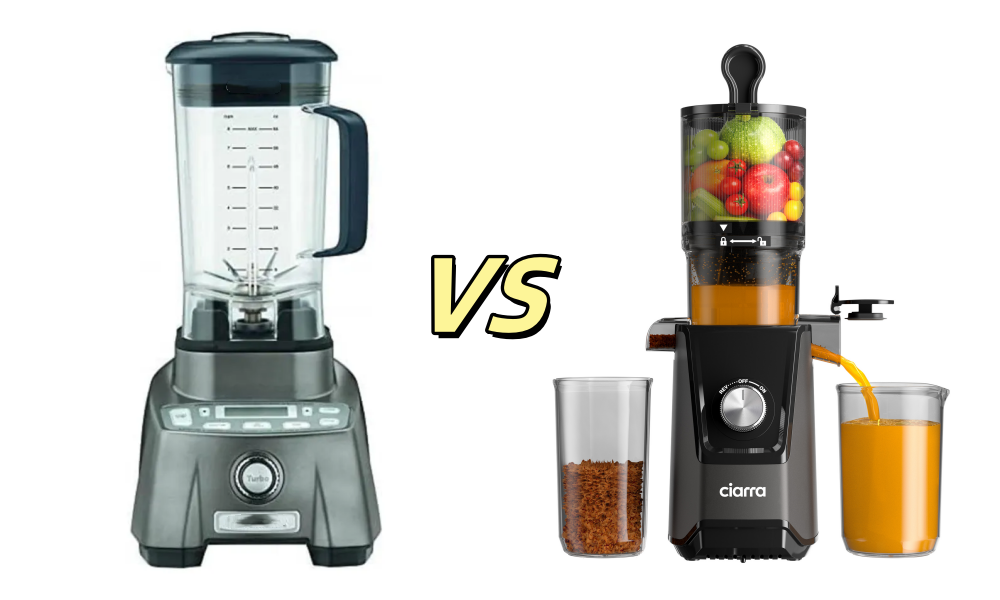
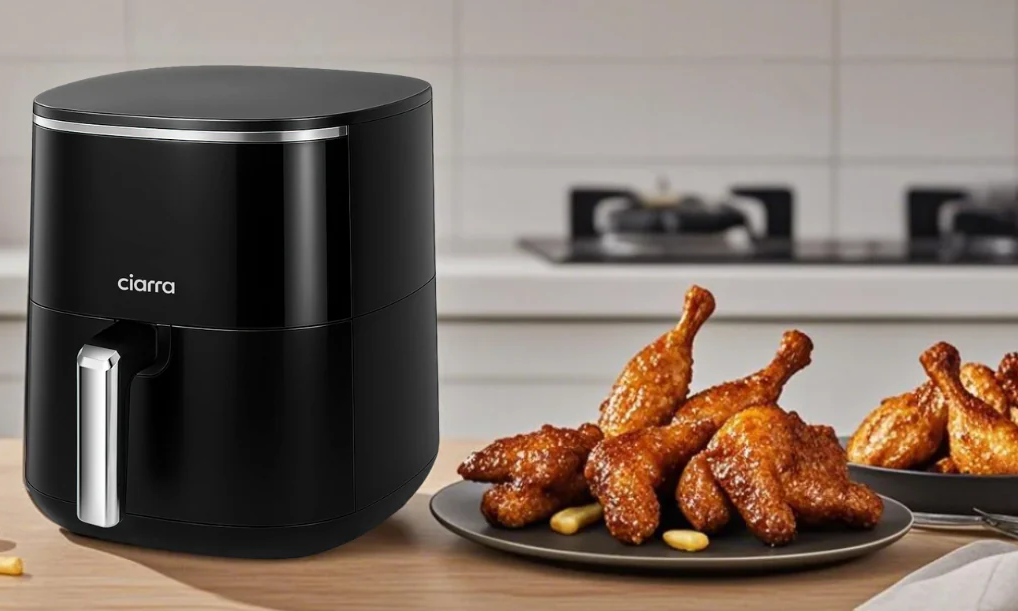
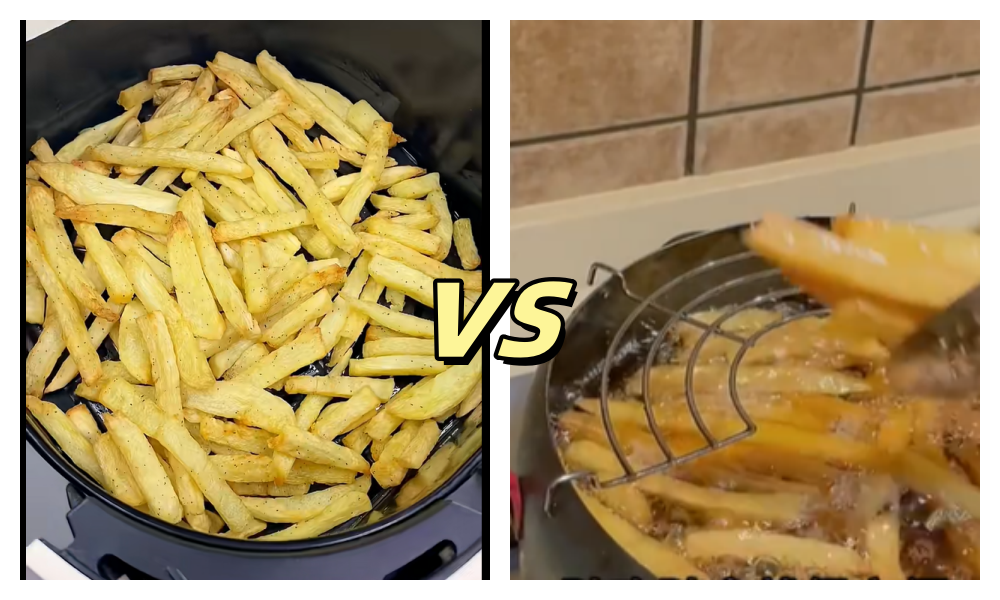
Laisser un commentaire
Tous les commentaires sont modérés avant d'être publiés.
Ce site est protégé par hCaptcha, et la Politique de confidentialité et les Conditions de service de hCaptcha s’appliquent.